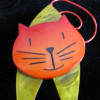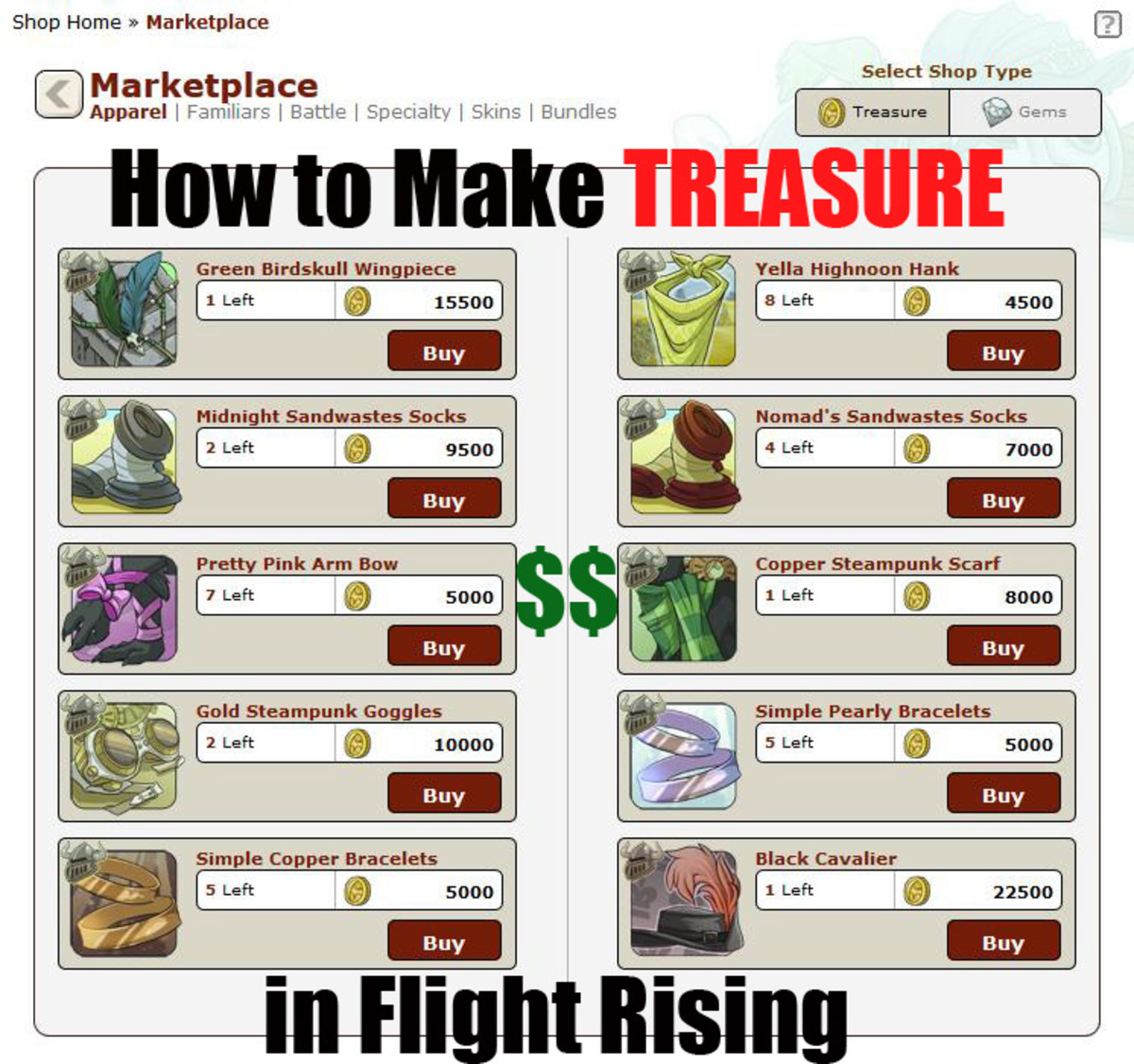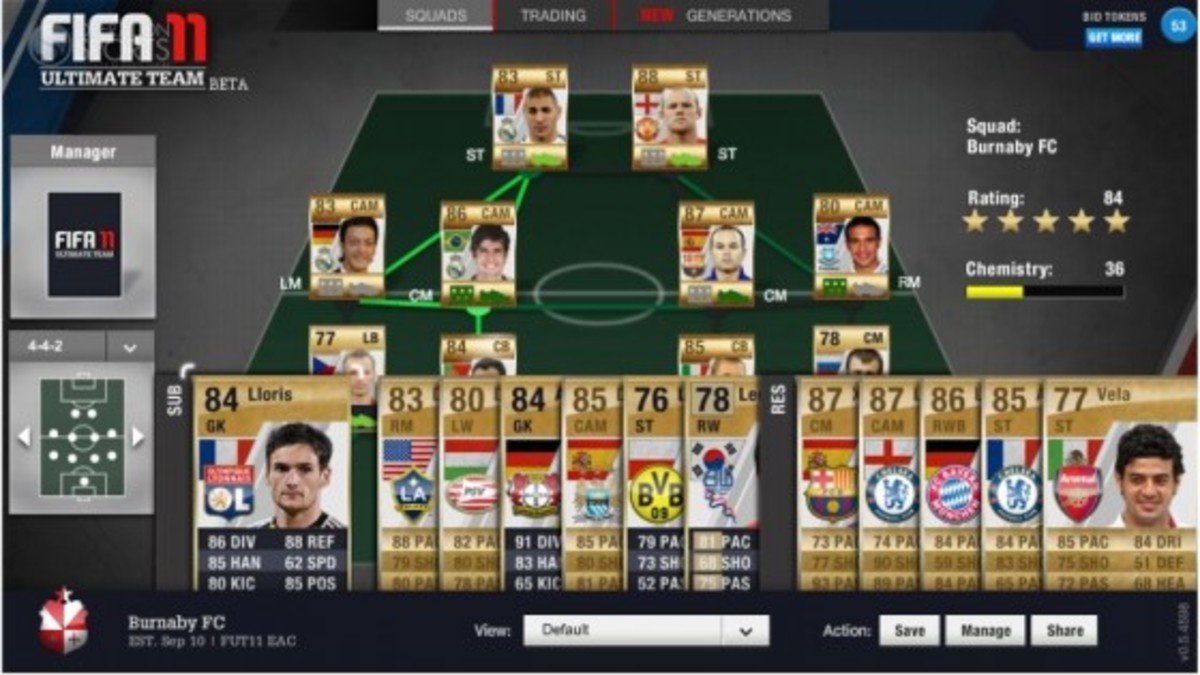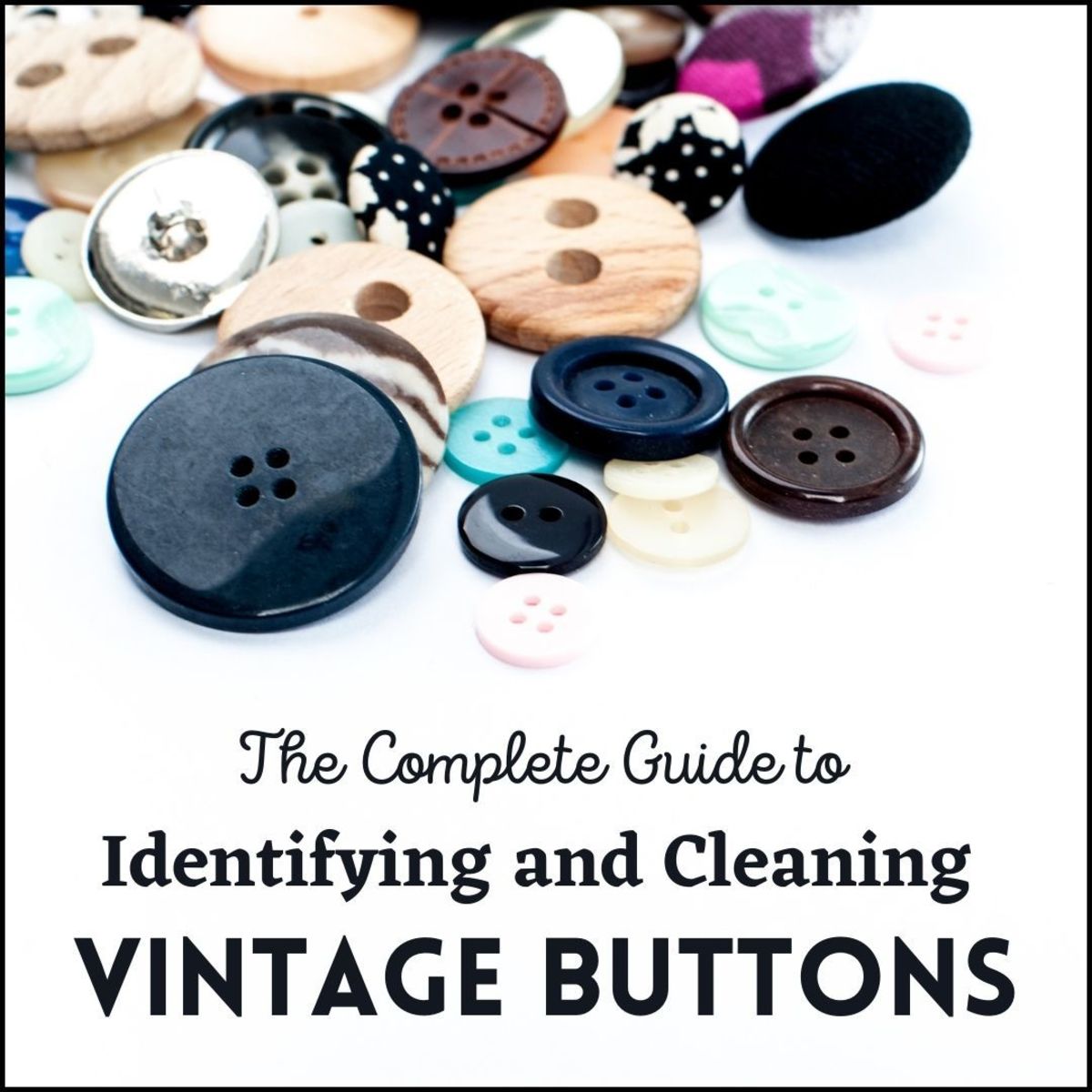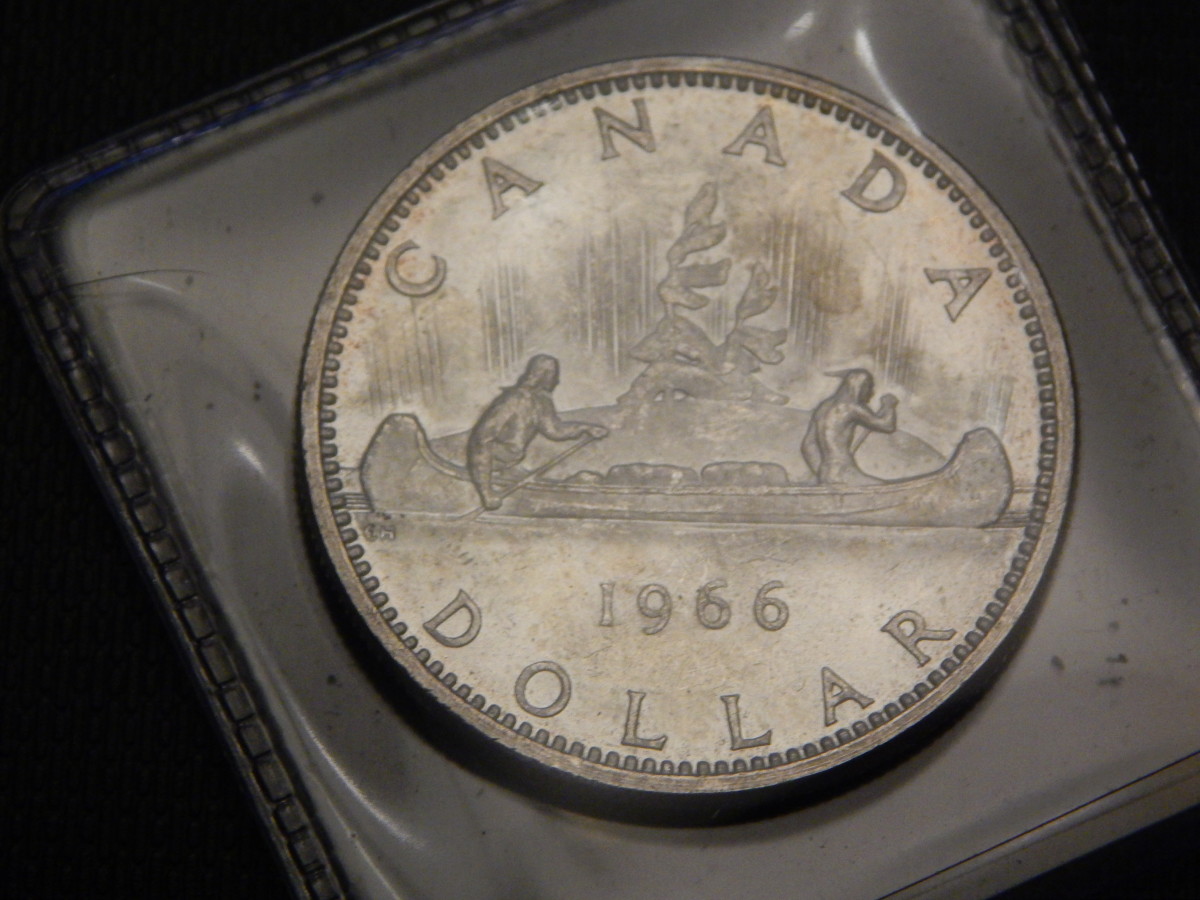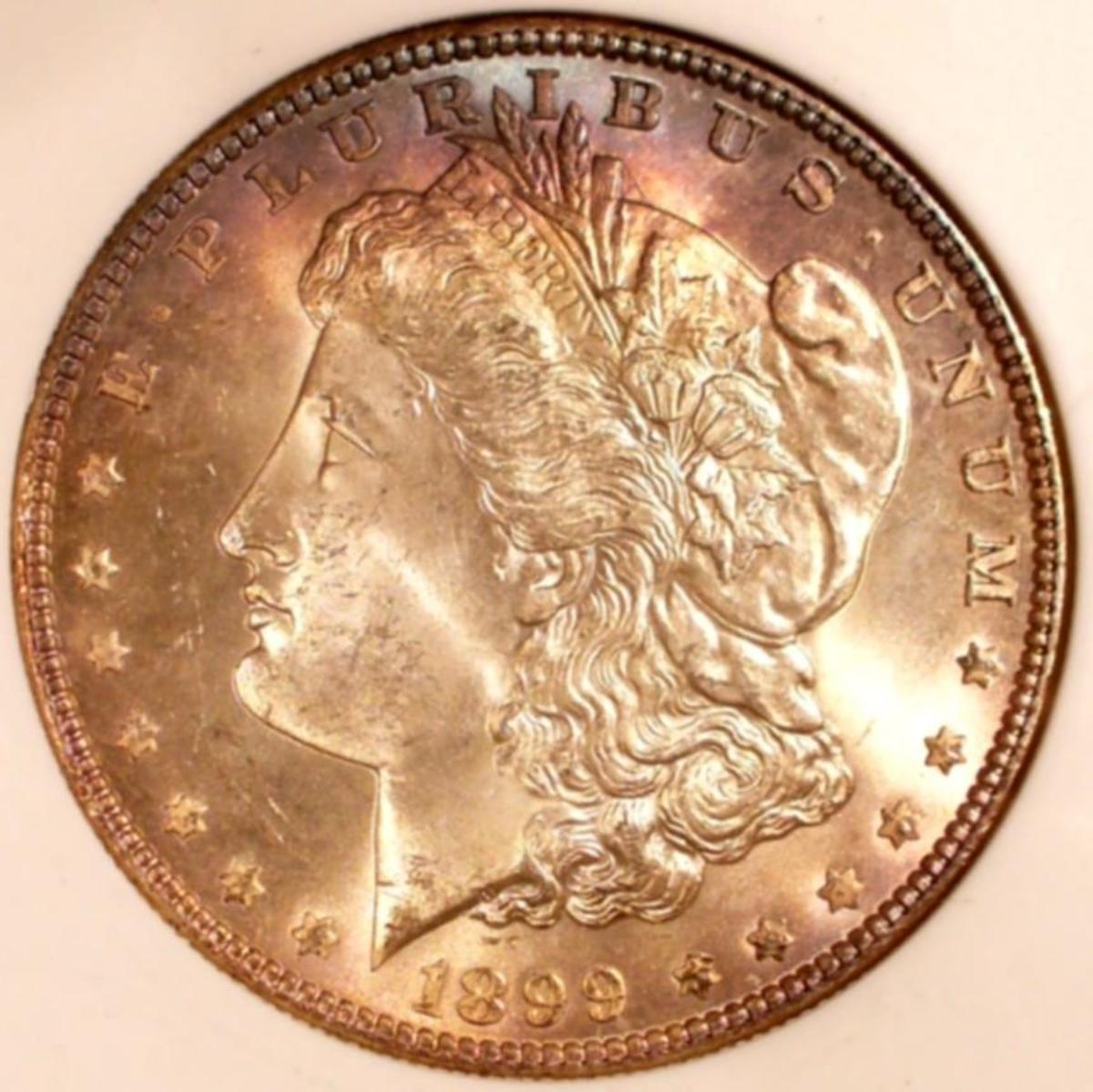How to Attend Live Antique Auctions
Display at an Antiques Auction
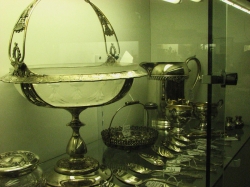
Everything you need to know about finding auctions, bidding and winning treasure.
Few things are as exciting as going to a live antique auction. There is suspense, drama, winners, losers and buried treasure. What could be better than that? I've been attending live auctions for years, and I never get tired of them. Nothing is more exciting to me than hearing "SOLD!", and seeing the auction assistants coming to me with MY hard won treasure.
In this lens I will introduce you a real auctioneer, give you tips and tricks for bidding and winning, and help you find live antique auctions in your area. If you love antiques and have never been to a live auction, consider attending one near you.
Meet the Auctioneers

Meet an Auctioneer
Joe Hessney, of Hessney Auction Company in Geneva, New York, is my favorite auctioneer (that's Joe on the left and his assistant auctioneer Mike on the right). One of the things I love about Joe is the way he runs his auctions. They are very organized and run so smoothly.
Joe has been an auctioneer since 1981. When I asked him how he got interested in becoming an auctioneer, he said that his first job was working for an auction house. He got bit by the auction bug and went on to attend Auctioneering school at the World Wide College of Auctionerring in Mason City, Iowa. I didn't even know there were auctioneering colleges, did you?
If you are looking for an auctioneer to either attend an auction or to sell your antiques, consider the following:
1 - Choose an auctioneer with experience. Ask them how long they have been in the auction business.
2 - Check for credentials. The auctioneer should hold a current license from the state in order to do business. Also check to see if they are a licensed appraiser.
3 - Attend auctions of local auctioneers. Each one will have his/her own style of running the bidding as well as their trademark "chant". I find that the bidding "chant" is a deal-breaker for me. I like Joe's very much. He has a deep, resonant voice that is easy on the ear. Some other auctioneers I have tried sound strident, or even nagging, and it gets unpleasant to listen to after a while.
Watch a Live Antique Auctioneer in Action
Here is Joe Hessney auctioning off antiques at an on-site auction. You can get a feel for the pace of the auction and the smooth way that Joe conducts the bidding.
Guides for Buying Antiques
Guides that give you good information on the types of items you collect are the best. Skip the price guides, as they are quickly outdated and the prices are often overly inflated.
True or False?
Don't scratch your nose!
If you raise your hand to scratch your nose, will the auctioneer consider that a bid and you might get stuck buying something you didn't mean to bid on?

How to Find a Local Live Antique Auction
My favorite website for finding auctions is Auctionzip..Input your zipcode and give it a range of miles that you are willing to travel, and the site will show you a calendar of all the auctions happening within that radius. Listings include information on the auction house, the terms of sale, pictures of the items up for bid and contact info.
Tips for using the site:
- Use the search Category filter to look for just antiques auctions.
- Click the blue auction results to see local live auctions.
- Click the red auction results to see the online live auctions.
- Sign up as a member to receive regular announcements of area auctions.
- Register to attend live internet auctions and bid online.
See what auctions are happening in your area.

Before the Auction
Research you should be doing before you go
The biggest mistake you can make when going to a live antique auction is to NOT do your research before you go. Research includes the following activities:
1 - Go to the preview to view and handle the items ahead of time.
2 - Check online for current price trends for the item.
GOING TO THE PREVIEW
Most auction houses hold a preview either the day before or the hour before the auction begins. Use that time to go and handle the items you are interested in. Inspect them thoroughly. Make sure there is no damage, that the signatures and hallmarks are real and that the item is what it is claimed to be. I once inspected a beautiful Ansonia china clock that I was interested in. It was gorgeous and looked flawless on the outside and in the auction pictures, but when I picked it up, the back came off revealing a burned out interior. It had been in a fire. Needless to say, I didn't bid on it.
CHECKING CURRENT PRICING
Doing your homework before the auction can save you money. If you know ahead of time the approximate value of an item, you won't overbid or get caught up in a bidding war. Places you can look for current values are...
- eBay completed listings. Look for similar items that have ALREADY SOLD, not the current listings of hoped for prices.
- Online auction results can be found at places like Worthpoint.com (fee based)
- Antique Price Guides like Kovel's.
True or False?
If you don't like it, you can return it.
Auction Quiz Question #2 - (Answers at the end of the article)
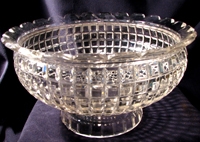
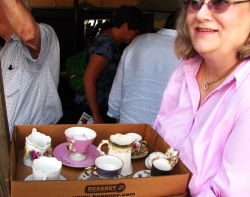
If you buy something at auction you can return it if you don't like it.
BIDDING
Now the fun starts!
Register with the auction house to receive your number. To register, you give them your name, address and phone number. You also have to give them a credit card number. This is to insure that you don't skip out without paying. Nothing will be charged to the card. You can choose to pay by other means when you check out. Now you are ready to bid on items that interest you.
One of the most important rules for bidding in a live antique auction is to...
PAY ATTENTION!
The type of bidding can change rapidly, and if you aren't paying attention, you can wind up buying 10 silver spoons instead of just one. Here are the basic types of bids you might encounter at a live auction.
- "So much buys it" = One bid price for one item.
- "So much for all" = One bid price buys the whole lot.
- "So much for so many" = Bid price x number of lots or items. This is often used with box lots. Bid one price and then take as many boxes or items at that price. If you bid $20 and choose two boxes, your purchase price will be $20 x 2 = $40.
- "So much EACH take all" = Bid price x ALL the items in the lot.. This type of bid is often used for things like sterling silver flatware. The flatware is sold as a set, but the bid goes by the piece. You have to keep your mental math going as you bid. A 45 piece set will bid by the piece and then multiply by the total number in the set, so a bid of $30 will multiply by 45 for a total of $1,575. OUCH! You have to be really careful with this type of bidding to make sure you don't overbid.
Every auctioneer has their own style and terms for the types of bidding. Just watch and observe the bidding for a while before you jump it. That will help you understand what is going on so you don't make a mistake.
When you bid, make it obvious. Hold up your number card so that the auctioneer can see it as a deliberate bid. Hold it HIGH. Some people add a verbal signal as well, such as a whistle, or will call out "Here!!".
The happy lady in the picture won a box lot of antique Bavarian china for only $10. No wonder she's smiling!
True or False?
"So much each buys 'em all"
You bid $20 for 72 piece set of sterling flatware.
Wow, $20!
What a bargain!
Auction Quiz Question #3 - (Answers at the end of the article)

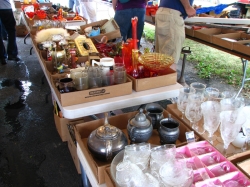
In the scenario in the pink box above. the final purcahse price of the sterling flatware is $20
More Tips for Bidding, Reserves, Pick-up and Safety
Reserves - An item that has a reserve placed on it will have a minimum bid price set by either the auction house or the client. If the bidding doesn't go above that price, the item will be returned to the owner.
Stick to your Price - Set a price you want to pay for your item and don't go over it.
Bidding Wars - It is easy to get caught up in the emotion of trying to get an item that you REALLY want. Don't do it. You will almost always come away feeling taken to the cleaners. If someone else wants it that bad, let 'em have it. I you have unlimited income, the sky is the limit of course, but most of us don't have that kind of liquidity.
Hold on to your items. Once the auction runners hand you your item, NEVER walk away from it. If someone else steals it, you are still responsible for the payment. It's a good idea to go to auctions with a friend so that you can keep an eye on each other's things if you have to, say...go to the bathroom, or get something from the snack truck.
Pick-up - All items must be removed from the auction house premises by the end of the day, unless alternate arrangements have been approved. If you are buying big items, like pianos or furniture, take a truck with you to the auction. Absentee bidders must arrange for a date of pick-up when they are notified of their win.
You just won a silver bride;s basket, but now you need to go to the bathroom. What do you do?
Auction Quiz Question #4 - (Answers at the end of the article)
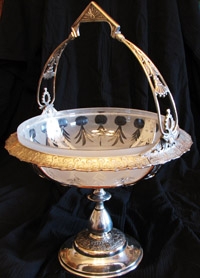
You are by yourself at the auction and you just bought a beautiful silver bride;s basket, but now those 3 cups of coffee you had for breakfast are catching up to you. You need to visit the bathroom, but you aren't finished buying yet, and don't want to check out.
What do you do with the silver basket while you visit the bathroom?
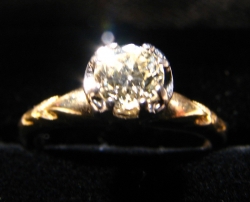
You will almost always pay a Buyer's Fee
Paying for Your Auction Items
Most auction houses charge a "Buyer's Fee". A buyer's fee is an amount, determined by the auction house, that is automatically tacked onto your final purchase price. The auctioneer is paid for his services with a combination of this fee, and a percentage the consignee pays from the sale of the items. All the rest goes to the person who consigned the item. The buyers fee varies from auction house to auction house, but it will always be a part of the purchase. It works something like this...
You purchase 4 items. The final bids add up to $100 for all of them. When you go to check out, the auction house will add the buyer's fee and sales tax to your total.
$100 Final bid total
$10 Buyer's Fee (10% of final bid price)
$8,80 Sales tax
$118.80 Final purchase price
At Hessney Auction Company, they charge a 13% buyers fee for credit card purchases, and 10% for cash or check purchases. Some auction houses charge as much as 20%. Make sure you understand what the buyer's fee is before you bid, and be ready to pay it at check out. You can save money by paying with cash or check.
Auction Quiz Question #5 - (Answers at the end of the article)


You bought 7 items at the auction and your bids add up to $275. The buyer's fee is 13%, but you are paying with cash, so you get a discount and only have to pay 10%. Your local sales tax is 8%.
What do you pay at checkout?
Answers to the Auction Quiz
#1 - TRUE. This actually happened to me once. Auctioneers are looking for any signal that might mean a bid. Every bidder has their own style of bidding and they don't always use the numbered card or paddle to bid. A reasonable auctioneer will forgive a mistaken bid if you bring it to their attention right away. Others will hold you to it and make you pay. It is amazing how itchy your nose can get at an auction. If you have to scratch your nose, look down. Eye contact with the auctioneer makes it look even more like a signal to bid.
#2 - FALSE. All sales are AS IS. You are responsible to know about, and inspect the items you bid on. If you make a mistake and purchase a fake or damaged merchandise, you can't return it. The only exceptions to this rule are if the auctioneer misrepresented an item in some fashion. For instance, if they stated that a sapphire ring was 5 carats, when it was only a 3 carats, you may be able to negotiate a refund. Reputable auctioneers will stand by their items and accept responsibility for their own mistakes. You are responsible for your own lack of research or inspection of items.
#3 - FALSE. The final purchase price is $20 x 72 for a whopping total of $1,440!
#4 - D. Always keep your things with you or have someone you KNOW watch your things if you have to leave for a moment. Don't lock your items in your car. There is generally no security in the parking lots and someone can easily break in and steal your treasure.
#5 - B - You will pay $275 + $27.50 buyer's fee + $24.20 tax. Total is $326.70

Other Ways to Participate in Live Antique Auctions
You don't have to be present to bid on an item in a live auction. There are a number of ways you can still participate without actually being there.
1 - Absentee Bid, Cal or visit the auction house a day or two ahead of the scheduled auction. Tell them you want to submit an absentee bid. They will take down your contact information, payment info and your maximum bid for the item you want. You can leave bids for more than one item. If you win the bid, they will call you with the final price. If your maximum bid was for $100 on a sterling bowl, but the bids only reached $50, you will pay only $50 plus buyer's fee and sales tax for it.
2 - Live Phone Bidding - Call the auction house before the auction begins. Tell them you want to bid over the phone while the auction is going. Give them all your information and the item number you are bidding on. They will call you just before the item opens for bid and will bid for you while you are on the phone with them.
3 - Live Internet Bidding - Many auction houses now allow live auction bidding by internet. You can actually watch the auction on the internet, in real time, and bid from your computer. You have to register online ahead of time in order to participate.
Contact Joe Hessney
- Hessney Auction Company, LTD. | Think of an Auctioneer.
Contact Joe Hessney. He will take consignments from everywhere. He doesn't do as many antiques auctions anymore, but still does a big business with antique jewelry, coins, stamps and firearms.
Tell us if you aced the quiz share any auction experiences you may have had. I love hearing about what other people collect and the treasures they got for a bargain.
